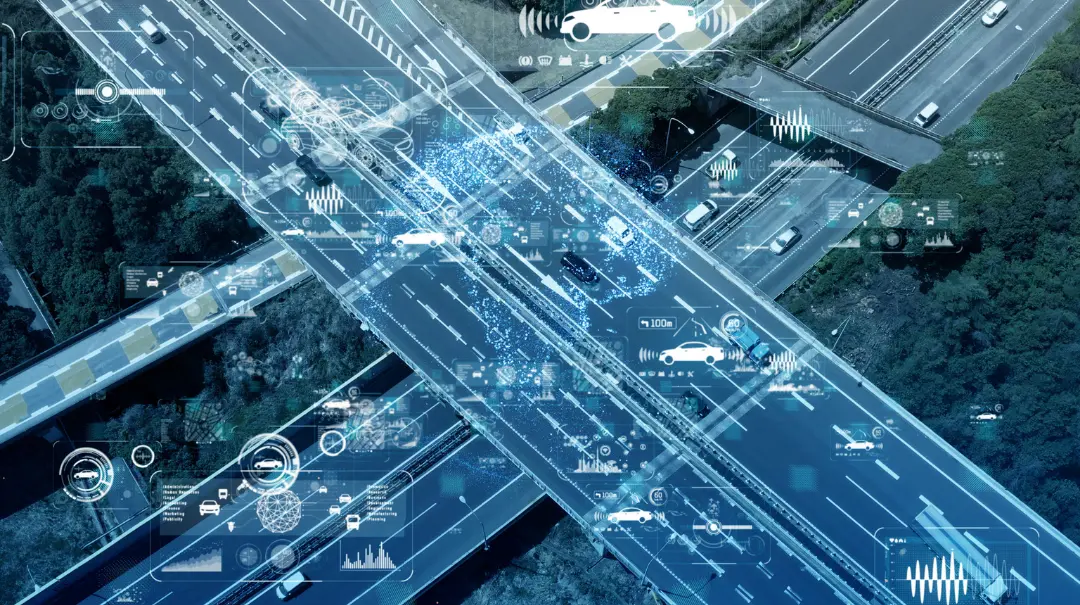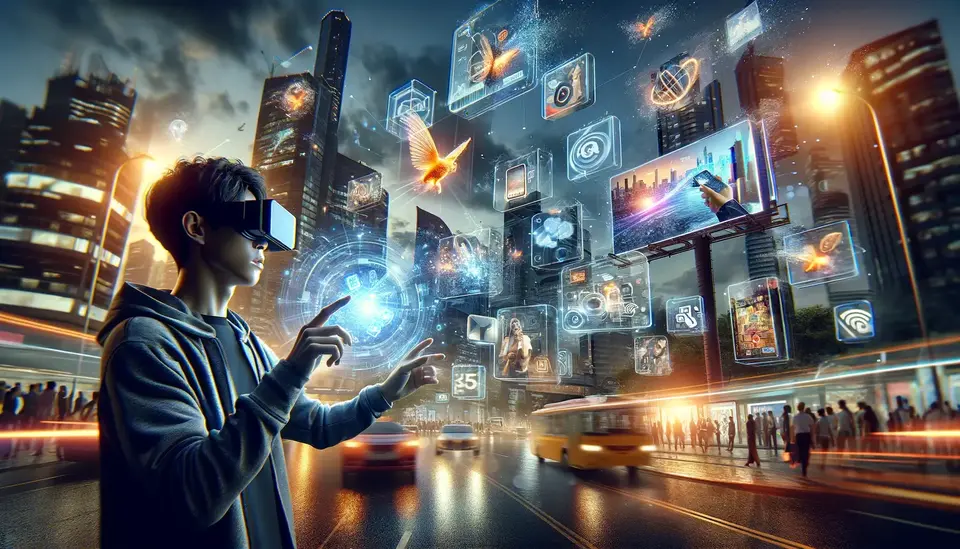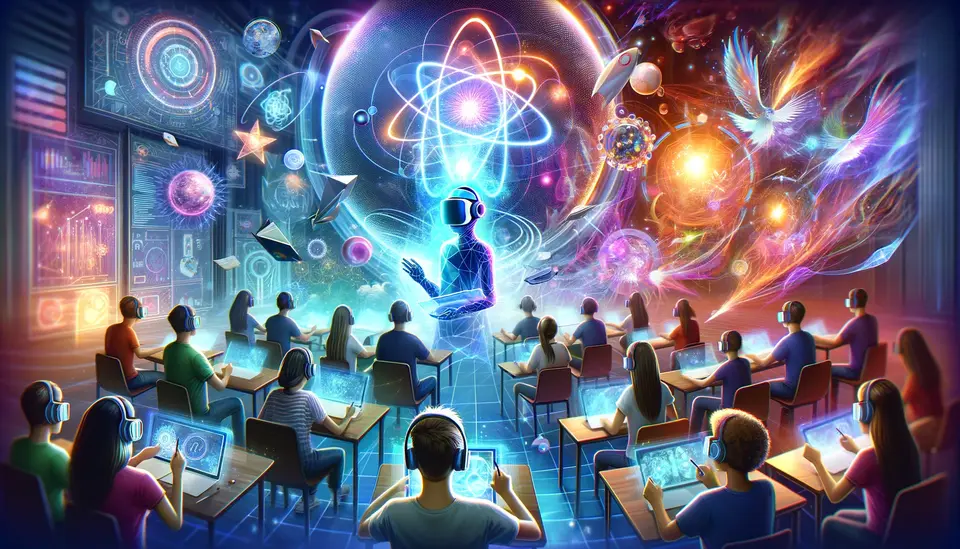Benefits of Virtual Reality (VR) for Transportation
Posted on April 18, 2023 3 minutes 483 words
Table of contents
In recent years, virtual reality (VR) technology has made significant strides, opening up new possibilities across a wide range of industries. Among them, the transportation sector stands to gain immensely from VR integration. In this blog post, we will explore the various benefits of VR for transportation, including enhancements in safety, training, planning, customer experience, and environmental impact.
Enhancing Safety and Reducing Accidents
One of the most promising applications of VR in transportation is its potential to improve safety by offering realistic simulations for drivers, pilots, and other professionals. By practicing in a risk-free, virtual environment, transportation operators can experience real-life scenarios, such as heavy traffic, adverse weather, and emergency situations. This immersive training helps professionals develop the skills and confidence needed to navigate complex situations, ultimately reducing the risk of accidents.
Improved Training and Skill Development
VR-based training offers numerous advantages over traditional methods. By immersing trainees in a realistic, three-dimensional environment, VR enhances information retention and accelerates skill development. Moreover, VR can provide personalized feedback, allowing transportation professionals to identify areas for improvement and track their progress over time. For instance, some airlines have adopted VR for pilot training, resulting in reduced training time and increased cost savings.
Streamlined Transportation Planning and Infrastructure Design
VR technology can significantly improve transportation planning and infrastructure design by offering a platform for visualizing and simulating projects. Engineers and architects can use VR to create virtual prototypes of roadways, bridges, and public transit systems, allowing stakeholders to explore designs in a fully immersive environment. This increased collaboration can lead to fewer errors, time savings, and more efficient use of resources during the planning and design process.
Enhanced Customer Experience and Accessibility
In addition to its applications for professionals, VR can also improve the customer experience within transportation hubs such as airports, train stations, and bus terminals. By providing virtual tours, wayfinding assistance, and real-time information updates, VR can create a more accessible and enjoyable travel experience for passengers. For example, some airports have implemented VR-based wayfinding systems to help travelers navigate terminals more easily, reducing stress and confusion during their journeys.
Environmental Benefits and Reduced Carbon Footprint
Finally, VR technology can help reduce the environmental impact of transportation. By enabling remote meetings and virtual experiences, VR can reduce the need for physical travel, thereby lowering fuel consumption and emissions. Additionally, the development of more efficient transportation systems, facilitated by VR simulations, can further contribute to a reduced carbon footprint.
Conclusion
The integration of virtual reality into the transportation industry holds immense potential to revolutionize safety, training, planning, and customer experiences. By harnessing the power of VR, we can build a more efficient, accessible, and sustainable transportation sector. As technology continues to advance, it’s crucial for both individuals and businesses to stay informed and consider the applications of VR in their own lives and operations.








